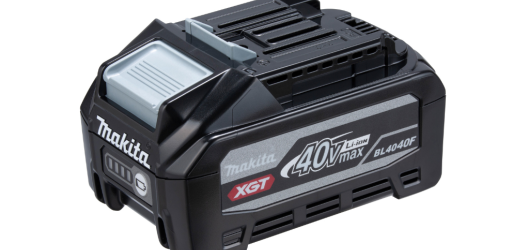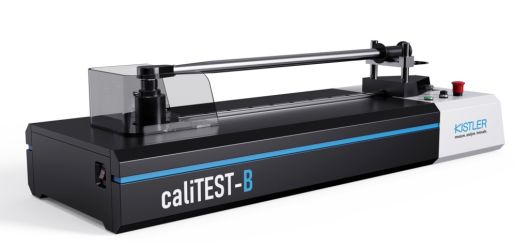
Torque wrenches are used across a variety of industries, from wind to automotive. However, many of the most common questions users ask are the same. Here, Chris Bull, Marketing Applications Coordinator at Norbar Torque Tools, answers the most frequently asked torque wrench questions the firm receives…
1 How do I know what I should adjust my torque wrench to? We get asked this one a lot, but the answer is actually quite straightforward. Equipment manufacturers will always provide the required torque for any given piece of equipment. When looking to adjust a torque wrench, you must make sure that these levels are met and remember to always adjust the wrench up the scale to the required torque figure to ensure accurate setting.
2 How often should I have my torque wrench calibrated? This depends predominantly on the environment and the operation – such as the required accuracy, frequency of use, typical load during operation, as well as the conditions of the storage. For those who do not have a control procedure in place, a period of use of 12 months, or approximately 5,000 cycles, is considered the standard interval between conformance tests and recalibration. However, we would always recommend that the calibration/inspection period be less than this where greater control is required. Prior to any usage, the torque wrench should also always be visually inspected to ensure damage has not occurred beforehand as this could affect the accuracy and safety of the tool.
3 Can I use my wrench on an anticlockwise thread? Torque wrenches only tend to indicate in the clockwise direction. Therefore, it is necessary for users to always check the wrench’s specification before using it on an anti-clockwise thread to ensure the tool is suitable and prevent a loss of torque control. Examples of left-hand threads include the left-hand wheel nuts of certain vehicles and the left pedal of bicycles.
4 How should I store my torque wrench? When a torque wrench is in regular use it does not need to be wound back. However, when storing a torque wrench for an extended period of time, users should always wind it down to the minimum scale setting and never to zero. A fully loaded torque wrench, left in storage for a long period, can cause a ‘set’ in the spring, causing it to weaken over time. On the other end of the scale, by completely off-loading the spring, other components within the wrench may move and then when you reapply spring compression the orientation of these components can change, therefore affecting accuracy. All in all, it is better to leave a bit of compression in the spring while in storage.
5 Can I use a torque wrench for undoing? Broadly speaking, the answer is yes - most torque wrenches can be used for undoing if you operate with caution and do not exceed the maximum torque. However, if the bolt will not free within the maximum torque of the wrench, another tool should be used instead. By exceeding the maximum torque limit during a bolt loosening you can affect the wrench accuracy, causing problems for future use. If in any doubt, use another tool for loosening bolts.



